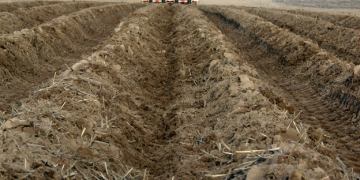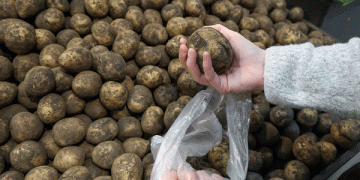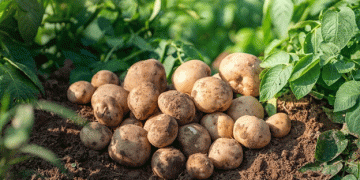#YieldPrediction #In-SeasonFarming #EnvironmentalFactors #SoilMoisture #CropManagement #AgriculturalTechnology
As the farming season progresses and conditions fluctuate, the question of in-season yield potential becomes paramount for farmers, agronomists, and agricultural engineers. In this article, we explore the latest data and insights on yield predictions using advanced tools, highlighting the critical role of environmental factors and field management techniques.
In the ever-evolving world of agriculture, understanding in-season yield potential is akin to peering into the crystal ball of farming success. As the saying goes, “rain is a good thing, it makes the grain,” but the equation isn’t that simple. In dryland agriculture, predicting yield hinges on the interplay of vital environmental factors, with water supply being the undisputed champion. Beyond this, field management practices are crucial, but without favorable environmental conditions, their impact can be diminished. In this article, we delve into the fascinating world of in-season yield predictions, armed with the latest insights and data.
Unveiling Yield Potential with METOS®
Let’s begin by examining a real-world case. Below is an example of a field/crop zone where yield potential is assessed using the METOS® Yield Prediction Solution. In this case, we are observing a canola crop in full bloom as of July 20, 2023. The delay in seeding, caused by cool temperatures and wet soil, has shifted the flowering phase slightly later this year.
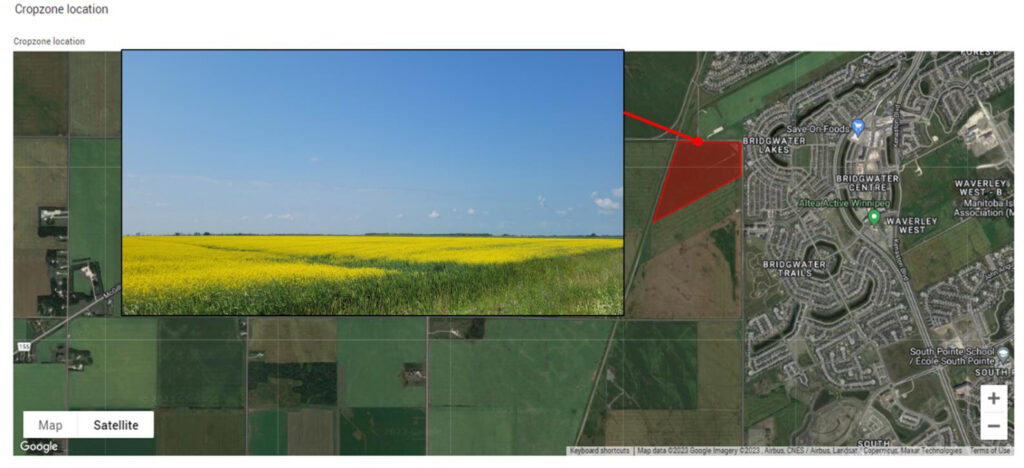
To initiate yield prediction, a field or crop zone boundary is delineated. Once this is done, various settings must be defined, including crop type, sowing date, harvest date, average maturity date, yield expectations, soil moisture levels, soil texture, and weather station data. These settings play a pivotal role in generating accurate yield predictions. Adjusting parameters like initial soil moisture, maturity date, and yield expectations allows fine-tuning for precision.
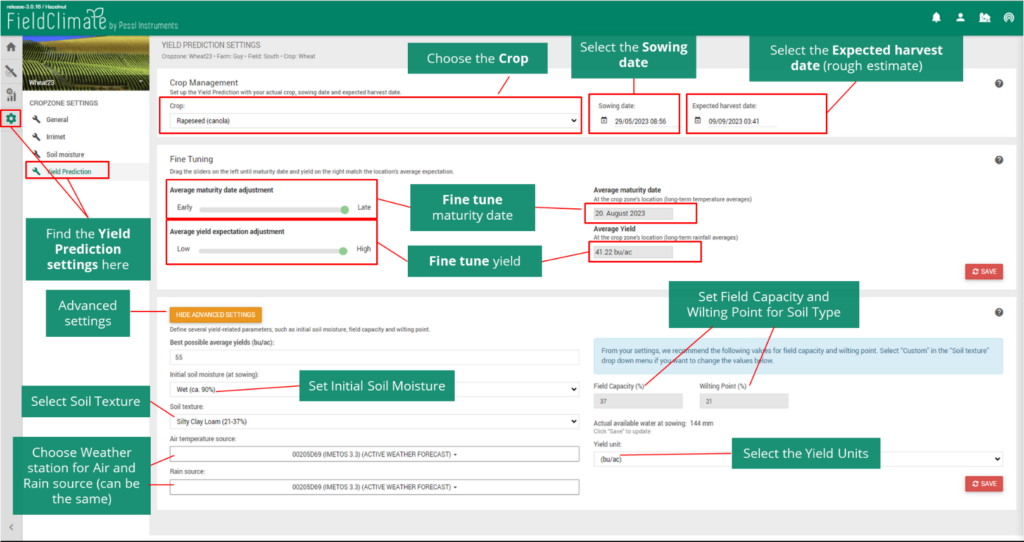
Interpreting the Results
After the settings have been configured, the system provides a comprehensive overview of yield predictions. This includes critical information such as crop type, station data, report generation date, and expected maturity date. Yield prediction graphs offer insights into current yield estimates, based on both measured and long-term normal rainfall. These estimates extend to physiological maturity and are shaped by seasonal rainfall forecasts.

Precipitation graphs are another invaluable resource, detailing daily rainfall amounts, accumulated totals, and long-term normal rainfall for the field. These graphs can be essential in understanding how rainfall patterns impact yield predictions.
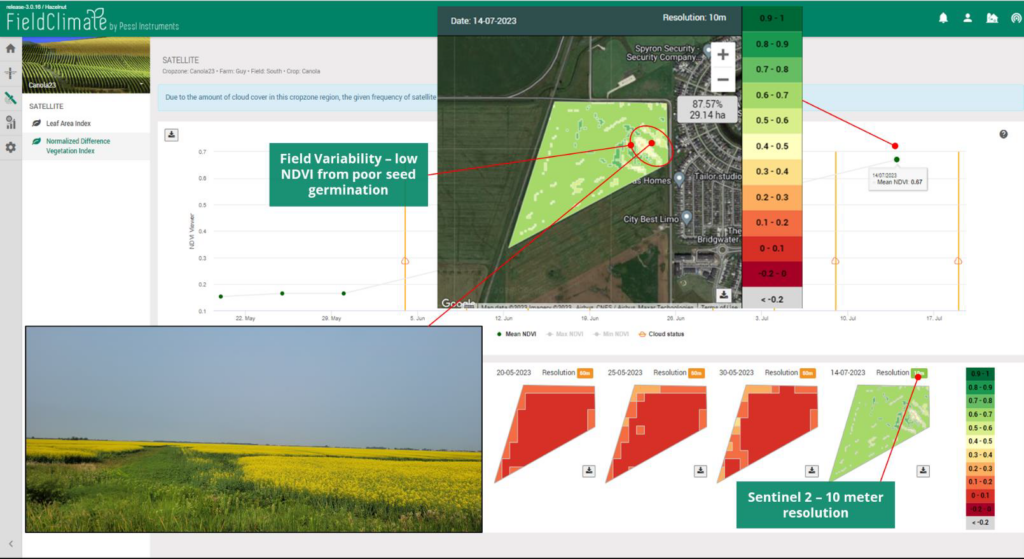
Case Study: Analyzing Yield Potential
For the highlighted field in our case study, the current season yield estimate on July 20 is 32 bu/acre, slightly below the long-term normal of 37 bu/acre. As we project to physiological maturity on August 11, the average yield estimate for the current season rises to 42 bu/acre, with a range of 37-47 bu/acre. In contrast, the long-term normal average yield estimate is 47 bu/acre, with a range of 41-53 bu/acre.
Rainfall’s Influence
Precipitation graphs reveal a significant early-season boost in yield potential due to above-normal rainfall. However, since early June, rainfall amounts have dwindled and have been below normal since early July. This highlights the crucial role of weather stations situated close to the field or crop zone for accurate rainfall measurements. Differences in rainfall amounts over short distances can be striking, impacting crop outcomes significantly.
The Soil Moisture Factor
We previously discussed the importance of soil moisture in Farm Weather Talk #004. Soil moisture serves as the crop’s gas tank, aiding it during periods of below-normal precipitation. In the case of this year’s crop, cool and wet spring conditions provided favorable initial soil moisture levels, a vital factor reflected in the Yield Prediction settings, marked as “Wet.”
Understanding in-season yield potential is more than just a numbers game; it’s a pivotal aspect of modern farming. By utilizing advanced tools like the METOS® Yield Prediction Solution and paying close attention to environmental factors, farmers and agricultural experts can make informed decisions that impact the success of their crops. As the season unfolds, remember that yield predictions are not set in stone; they’re adaptable, just like the art of farming itself.


